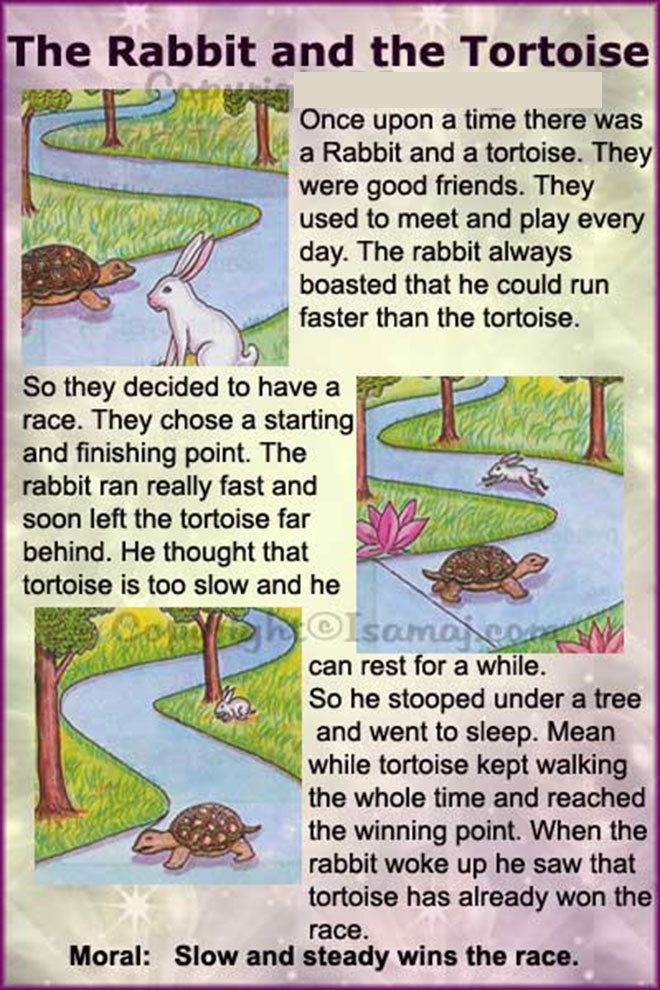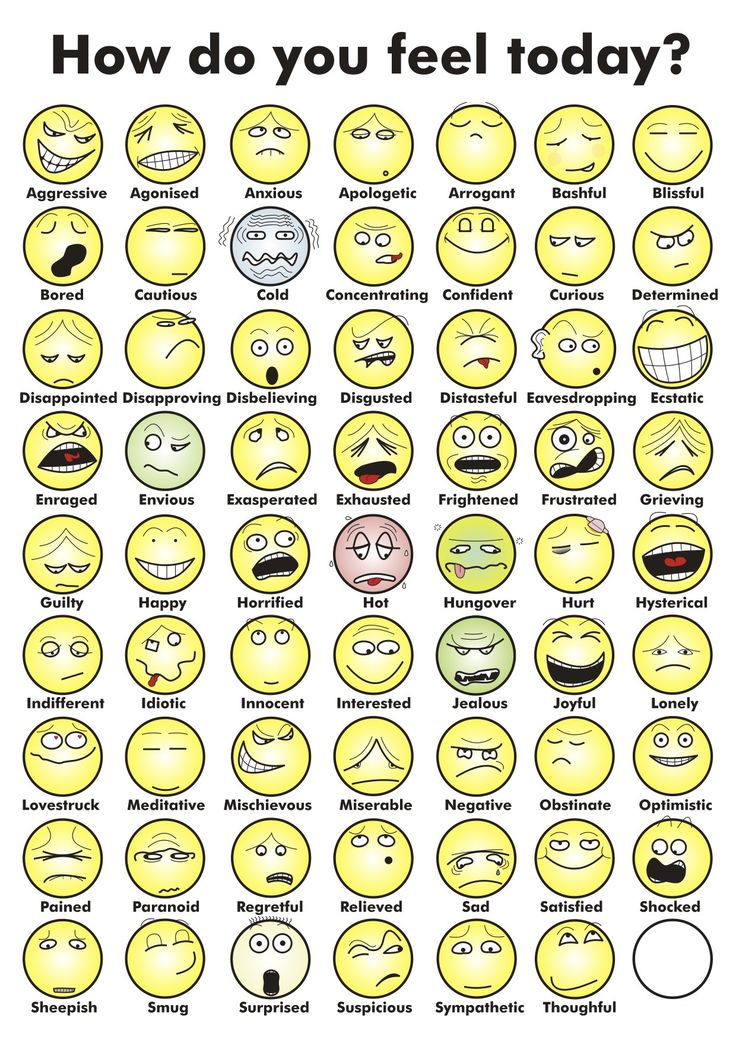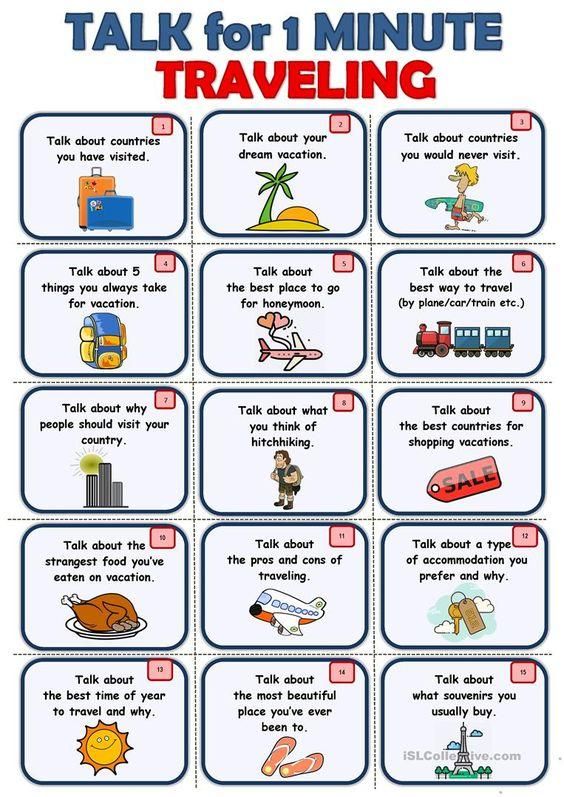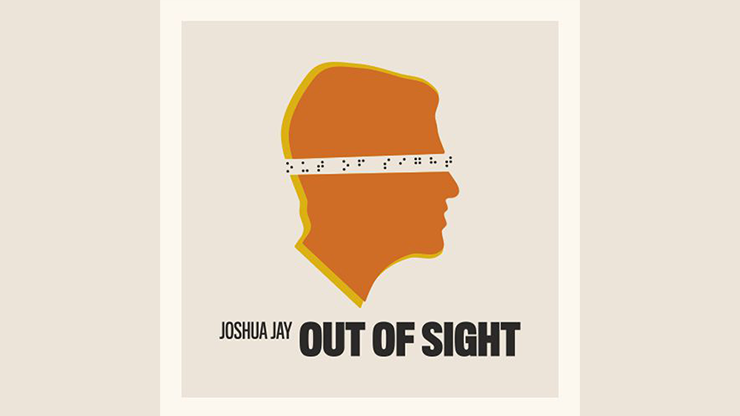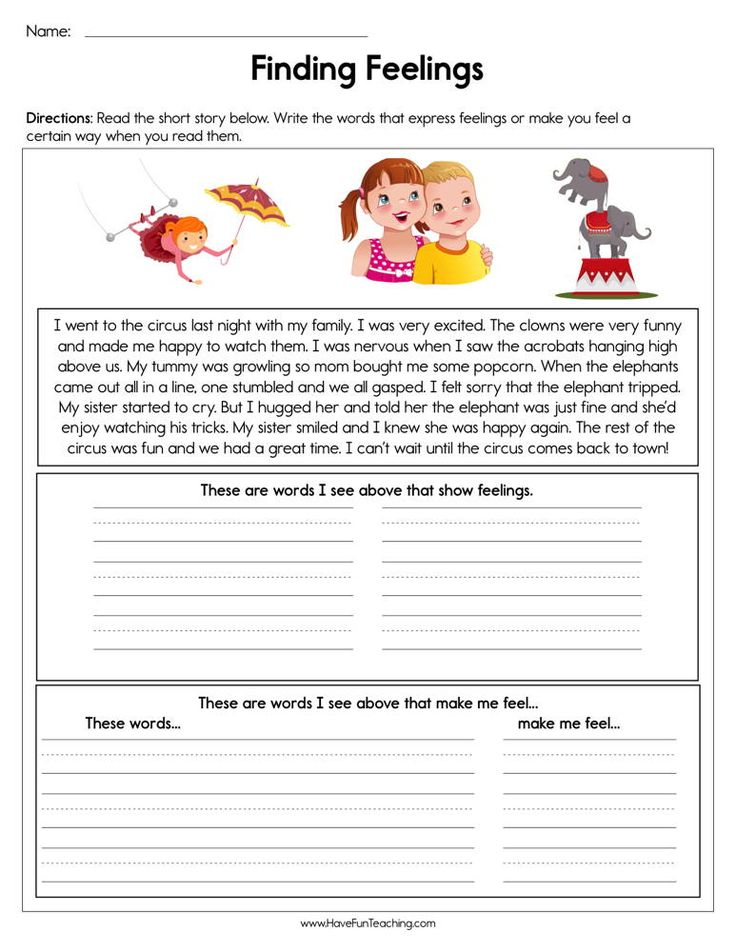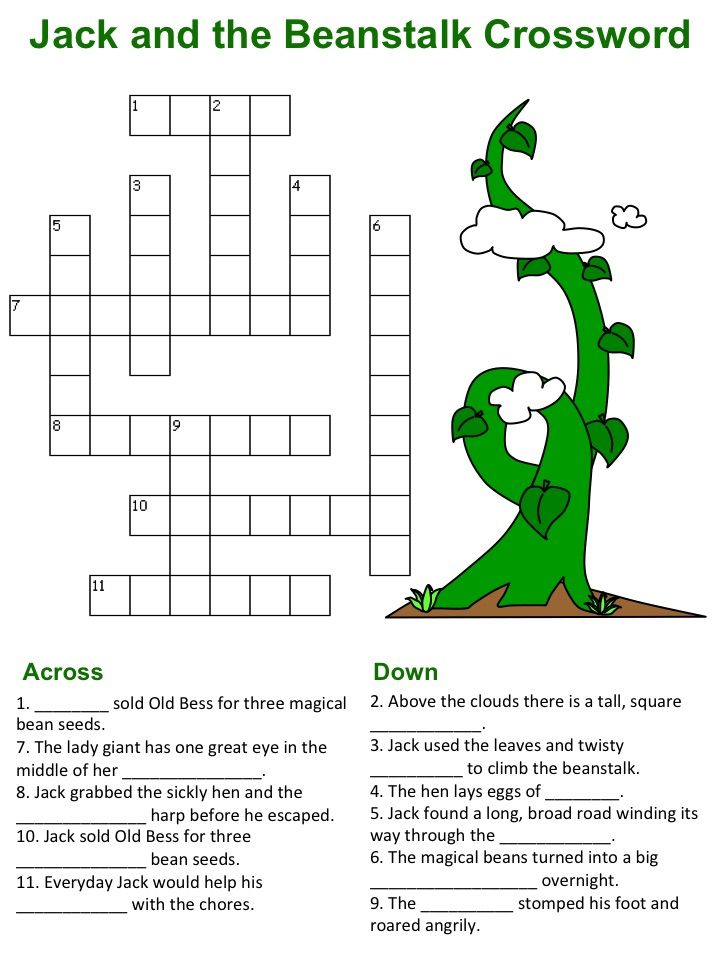Reading level evaluation
Measure the Readability of Text
Introducing
ReadableProReadablePro is a powerful collection of tools for analysing and improving the readability of your content.
Cutting-Edge Accuracy
Choose from a collection of industry-leading readability formulas with confidence that the score you get is accurate.
Score Everything
You can score any text content with ReadablePro, including Word documents, PDFs, Open Office, Markdown and even eBooks.
Readability Reports
Generate printable reports or download detailed spreadsheets of your results.
URL Analysis
Extract the main piece of text content from a webpage and analyse it instantly.
Email Marketing
Send emails to a private email address for your account and have the HTML and Text versions scored for readability.
Content Analysis
Check the sentiment, tone and personalism of your content and ensure a consistent voice across all of your publications.
3,000+ authors, marketers, and educators trust us to delivery accurate readability analysis.
What is a readability score?
A readability score is an objective measure of the complexity of text.
They are usually numbers, calculated by any one of several readability formulas, designed to tell you how easy someone will find a piece of text to read.
A great readability score means your content is easy to read, increasing the chances that someone will read all the way to the end and understand what you are saying.
Why is readability important?
- 85%The proportion of the public who can read your content if it has a readability grade of 8 or better.
-
7The average reader's attention span, in seconds, in 2023.
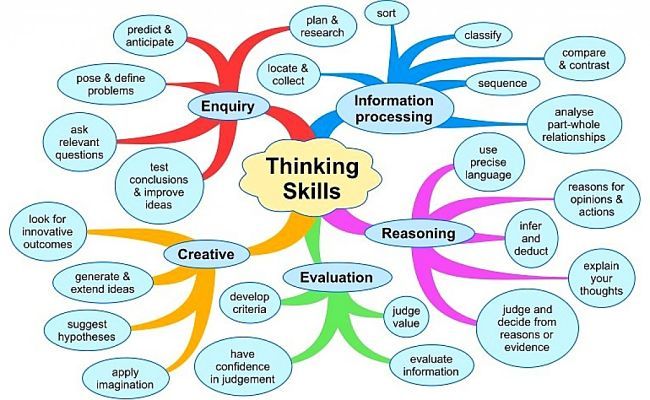 About the same amount of time it takes to read these three lines of content.
About the same amount of time it takes to read these three lines of content.
- +83%The increase in the number of people who will finish reading your content if its readability is improved from grade 12 to grade 5.
Text Scoring
Our text scoring feature is where ReadablePro all began. Since then, we've packed it full of more handy features to guide you to improve your readability.
Simply paste any text into our text scoring feature and we'll guide you on how to improve your readability.
Our handy sidebar on the right of the text tool will tell you which parts of your text need the most attention, which you can click to navigate. Highlights and hover annotations will explain the issue it's highlighted and give you a suggestion of how to fix it.
There's nothing like visible progress to keep you motivated and productive - your score will update automatically as you edit.
After a few simple changes, you'll be amazed how much clearer your writing is.
File Scoring
Upload your current projects and let ReadablePro get to work scoring your document within minutes.
Files you can upload include Word documents, Open Document, CSVs of texts or URLs, Markdown, PDFs, eBooks and almost any other text format in use today.
Once your report is ready, we'll email you with a link to download it. You can also find your file stored on your account where you can view and edit it anytime.
Bulk Scoring
Sometimes you may find you have a lot of text or URLs to score. Don't worry, we can handle that too!
Upload a CSV (a simple spreadsheet format which you can get from Excel, Calc or any other spreadsheet application) of text or URLs (or both, combined), and we will score every item individually. Much faster than doing them one at a time!
This means you could bulk-score all the URLs from a particular section of your website that needs attention.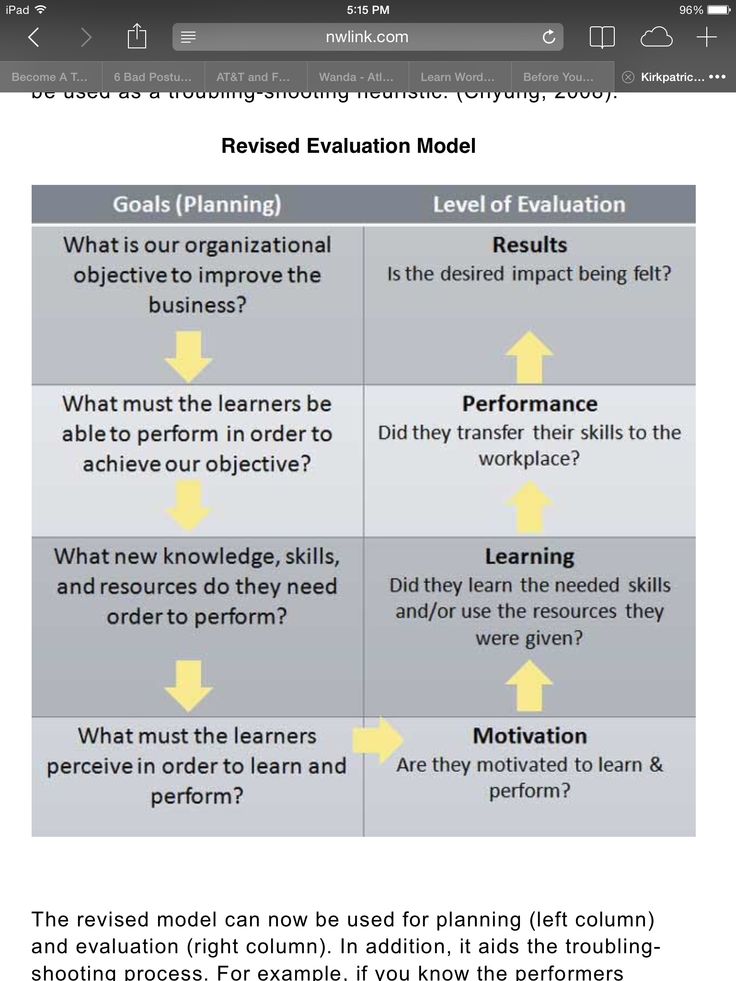 We'll give you an overall readability score for the CSV and a score for each URL included.
We'll give you an overall readability score for the CSV and a score for each URL included.
Bulk URL uploading is supported on all of our plans - ContentPro, CommercePro and AgencyPro.
Flesch Reading Ease and the Flesch Kincaid Grade Level – Readable
Flesch readability scores are the most popular and are the most widely tested and used. We'll explain what the Flesch and Flesch-Kincaid readability scores are and how to interpret and use them.
What is a Flesch Reading Ease score?The Flesch Reading Ease gives a text a score between 1 and 100, with 100 being the highest readability score. Scoring between 70 to 80 is equivalent to school grade level 8. This means text should be fairly easy for the average adult to read.
The formula was developed in the 1940s by Rudolf Flesch. He was a consultant with the Associated Press, developing methods for improving the readability of newspapers.
Now, over 70 years later, the Flesch Reading Ease is used by marketers, research communicators and policy writers, amongst many others. All use it to help them assess the ease by which a piece of text will be understood and engaged with.
What is the Flesch-Kincaid Grade Level?The Flesch Kincaid Grade Level is a widely used readability formula which assesses the approximate reading grade level of a text.
It was developed by the US Navy who worked with the Flesch Reading Ease. Previously, the Flesch Reading Ease score had to be converted via a table to translate to the reading grade level. The amended version was developed in the 1970s to make it easier to use. The Navy utilised it for their technical manuals used in training.
Now it’s used for a much wider variety of applications. If a text has a Flesch Kincaid level of 8, this means the reader needs a grade 8 level of reading or above to understand it. Even if they’re an advanced reader, it means the content is less time-consuming to read.
Flesch readability tests work by taking into account sentence and word counts. The mathematical formula underlying the two tests look like this:
At first glance, the formulas for the readability scores may not seem to make sense. But, the building bricks that make up both Flesch scores are straightforward and based on two factors:
- Sentence length. As judged by the average number of words in a sentence
- Word length. As judged by the average number of syllables in a word
Sentences that contain a lot of words are more difficult to follow than shorter sentences.
Many of the classics of English Literature were written in the 18th and 19th centuries. During this time, the average sentence was a lot longer than it is now.
You could have a long paragraph which was one long sentence; strings of clauses connected with peppered semicolons were the norm. However, because the average length of a sentence has decreased with time, so has our attention span. We no longer have the tolerance for lengthy, meandering prose.
We no longer have the tolerance for lengthy, meandering prose.
Similarly, words that contain a lot of syllables are harder to read than words that use fewer syllables. For example, “it was a lackadaisical attempt” is more difficult to read than “it was a lazy attempt”.
What do the Flesch scores mean?Both Flesch scores reflect how readable a piece of content is. The Flesch Reading Ease score is between 1 and 100, and the Flesch Kincaid Grade Level reflects the US education system. They are both calculated with the same units, but the weightings for these units are different between the two tests, resulting in different readability scores.
Flesch-Kincaid Reading EaseThe higher the reading score, the easier a piece of text is to read.
Note that this differs from the majority of readability scores where a lower score is easier.
For example, a reading score of 60 to 70 is equivalent to a grade level of 8-9 so a text with this score should be understood by 13 to 15-year-olds.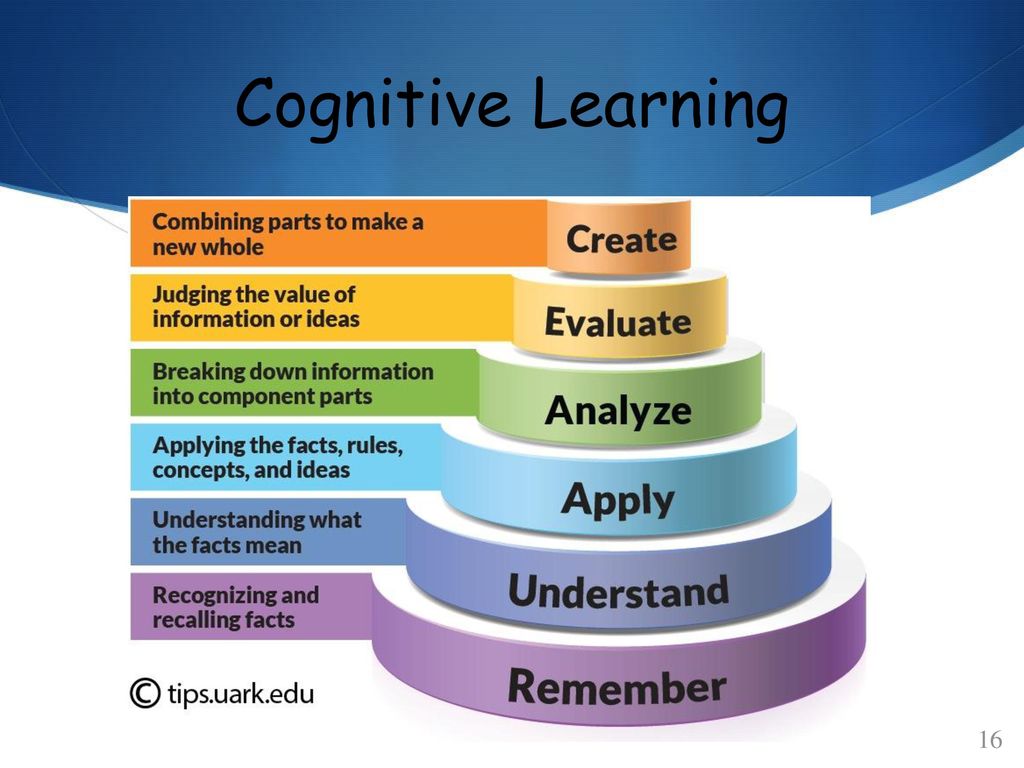
To make sense of a Reading Ease score, a conversion table is needed. This translates the score into a grade level.
Flesch-Kincaid Grade LevelThe Flesch-Kincaid Grade Level is equivalent to the US grade level of education. It shows the required education to be able to understand a text.
Text intended for readership by the general public should aim for a grade level of around 8, schooling age 13 to 14.
When is Flesch-Kincaid most useful?Flesch Kincaid is ideal for:
- Writing copy for your website
- Advertising your product
- Producing terms and conditions that don’t confuse
- Boosting your SEO performance
- Choosing textbooks for a class or training program
- Editing your novel
- Communicating your research to a non-specialist audience
Readability scores can give you valuable insights into how easy your text is to understand. This has a direct impact on the extent people engage with and take on your message.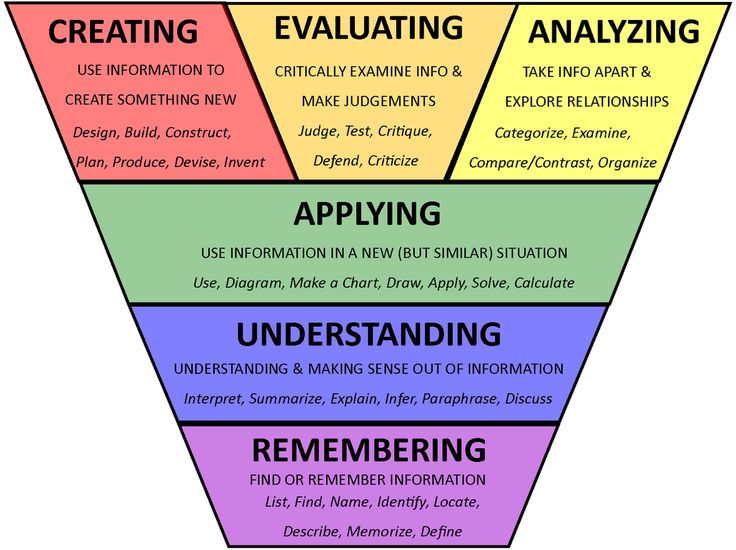
Content with a higher engagement rate has many benefits, including:
- Decreasing bounce rate
- Increasing time on site
- Content delivers for the reader
- Readers want to share your content
- Readers go further into your site
They also:
- Click on CTAs
- Add products to their shopping carts
- Spend money with you
- Keep on coming back
Having a readable website with engaging content is a boost for any business or organization.
How do the Flesch tests compare to other readability formulas?The Flesch tests are the most well-established in use cases ranging from marketing to government.
Whereas some formulas are more specialist, Flesch Kincaid comes the most recommended for all sectors and disciplines.
Reading analyst - reading levels.
CONTENT
- Group 1. Teaching the technique of semantic reading
- Beginner level (letter reading)
- Developing level (reading by syllable)
- Advanced level (reading in whole words and syllables with compound words)
- Free level (reading in whole words)
- Group 2.
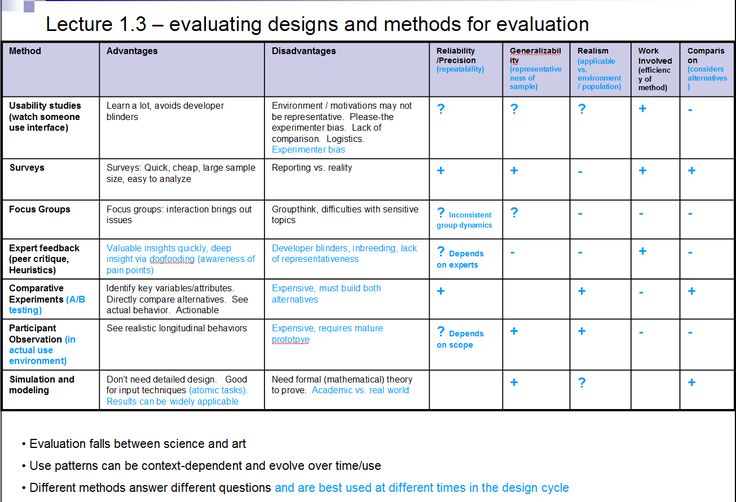 Development of reading competencies for subject education nine0006
Development of reading competencies for subject education nine0006 - Weak level
- Training level
- Independent level
The "Reading Analyst" system makes it possible to assess the level of reading competence for two groups - the group for teaching the technique of semantic reading (Group 1) and the group for developing reading competence for subject education (Group 2).
Although we assume that the first group will most likely include elementary school students from grades 1 to 4, and the second group will include secondary school children from grades 5 to 7, we strongly recommend taking into account the individual characteristics of children: if a child elementary school reads very well, test his reading competencies on tests of the secondary school group, but if a child in the fifth grade reads with a lot of technical errors, it may make sense to check his competencies on tests for group 1 elementary school and then select texts for reading corresponding to its level.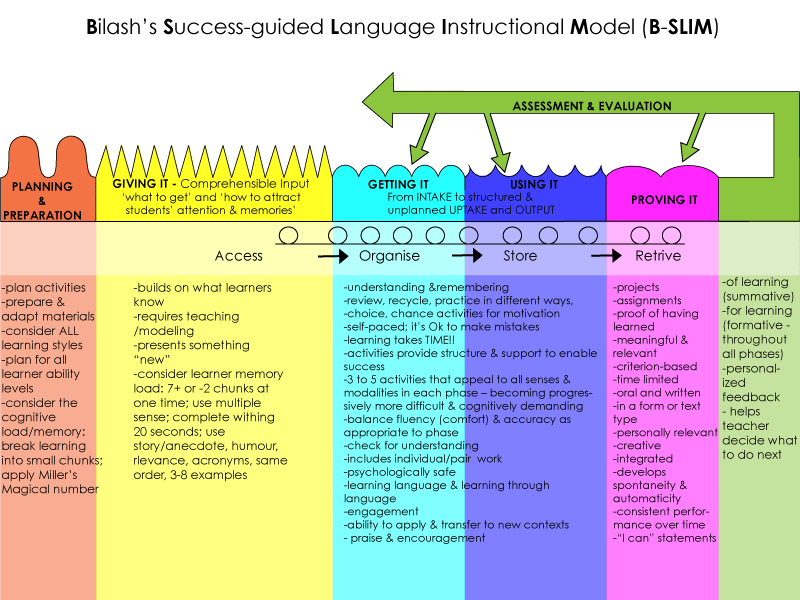 nine0005
nine0005
Below we offer brief descriptions of the levels that are determined during testing and evaluation of texts, and also give recommendations on the selection of texts for each level.
Group 1. Education of semantic reading technique
Description of the levels of competence of reading words. The reading speed is low, there is a recall of each letter separately. In some cases, there may be a breakdown in reading a word due to the large time interval between reading letters. Reading comprehension is limited to a word or phrase. The teacher's help is needed both in the name of the letters and their reduction into a word, and in keeping the attention on the text. Reading speed per minute - 10-15 words. nine0005
Recommendations for the selection of texts for the initial level of reading technique:
Texts for the initial level of reading technique are intended for mastering the reading skill from scratch and represent various types of alphabets and short texts necessary to consolidate the skill of recognizing and reading letters and short words.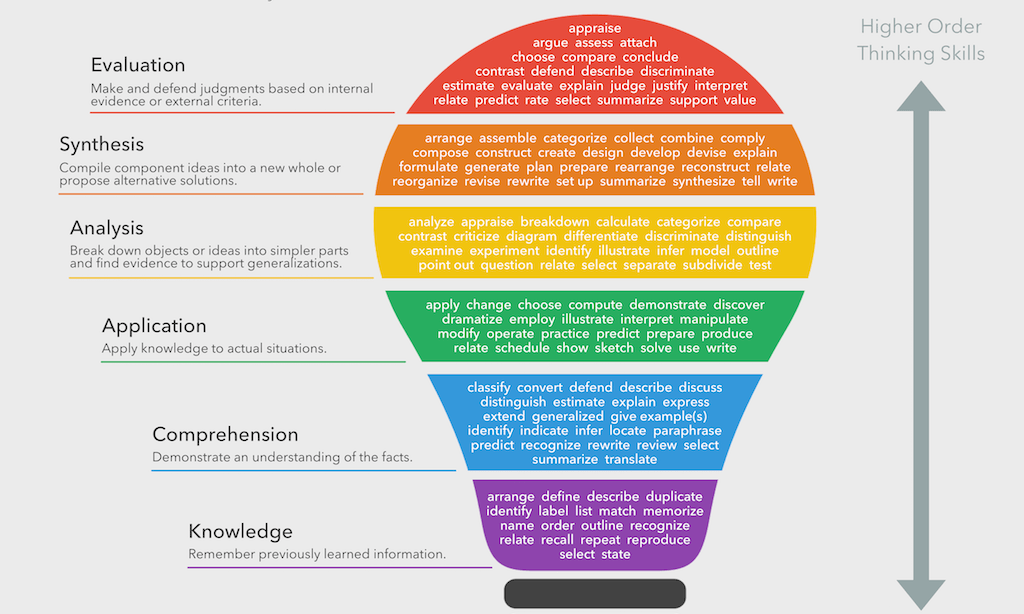 The transfer of the plot is carried out by 2-3 sentences connected sequentially with each other.
The transfer of the plot is carried out by 2-3 sentences connected sequentially with each other.
Features of texts suitable for this level:
Small texts of 30 words are suitable for beginners, the length of words should not exceed 5–6 letters. It is good if as many words as possible correspond to the following features.
- Words of one or two syllables.
- Three-syllable words must be open syllable (e.g. white ). Stressed vowels must be at the beginning of a word.
- Words begin with a consonant
- Words end in consonant
Very short and simple texts are required for this level of reading. Such texts are not evaluated by the Reading Analyst system, but are selected independently.
Developing level (reading by syllable)
Description of the level
Reading by syllables, in difficult places - spelling. There are many errors such as omissions of syllables and words, substitutions of letters and syllables.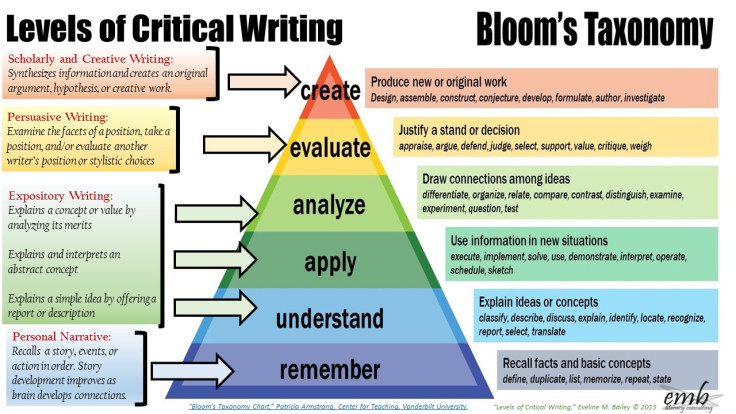 There is almost no orientation to punctuation, the intonation when reading does not correspond much to the content. Reading comprehension is low and fragmented. Reading speed is slow. There is a decrease in motivation to read when faced with difficulties. A teacher's help is needed to read words that have more than three syllables and have articulations of three consonants. Reading speed per minute - 35-50 words. nine0005
There is almost no orientation to punctuation, the intonation when reading does not correspond much to the content. Reading comprehension is low and fragmented. Reading speed is slow. There is a decrease in motivation to read when faced with difficulties. A teacher's help is needed to read words that have more than three syllables and have articulations of three consonants. Reading speed per minute - 35-50 words. nine0005
Recommendations for the selection of texts for the developing level of reading technique:
Texts for the developing level of reading technique are designed to strengthen reading skills, as well as for corrective work in the presence of difficulties in mastering it. May contain a short simple linear plot with a main character or main idea and a small number of secondary additional ideas. If necessary, the narrative can be divided into several small parts without compromising reading comprehension. nine0005
Features of texts suitable for this level:
Texts consisting of 70 words are suitable for the developing level, the length of words should not exceed 10 letters. The text may contain words that have the following features:
The text may contain words that have the following features:
- Words with one closed three-letter syllable
- One-syllable words and two-syllable words with a combination of consonants at the beginning of the word (for example: coward , hello )
- Stress on the first syllable in two-syllable words and on the second syllable in three-syllable words (for example: lamp, candy )
- Words of three syllables and four syllables (alternating vowels and consonants) (for example: steamboat , ran )
- Nominative, accusative, dative and prepositional words
- Sentences with simple syntax: definition, subject, predicate. (For example: The white bird has arrived. )
- Offers with 2 homogeneous members
- Offers with 3 homogeneous members
- Impersonal offers
- Compound sentences
- Personal verbs
- Introductory words
Texts that are suitable for this level of reading, the "Reading Analyst" system refers to texts for developing reading level .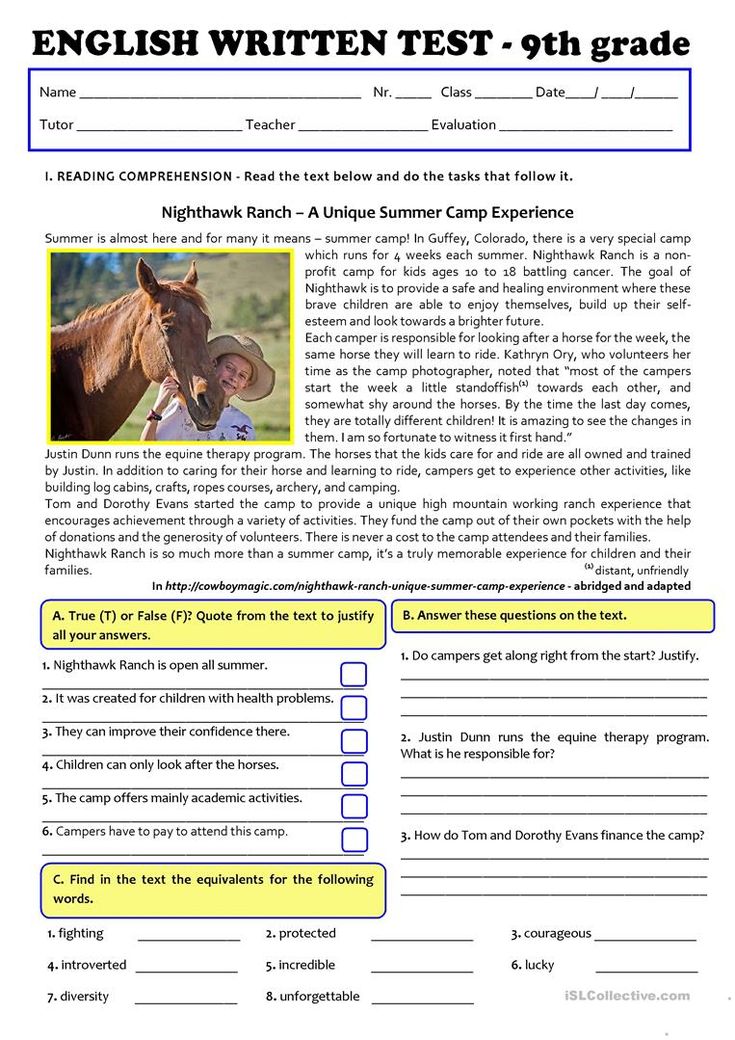
Advanced level (reading in whole words and syllables with compound words)
Description of level
Whole-word reading of easy words can move to syllable-by-syllable reading in case of occurrence of polysyllabic, difficult or infrequent words. When reading, there may be errors in the repetition of words and syllables, difficulties in understanding some parts of the text. There is unevenness in the speed of reading and the transfer of expressiveness. Need help reading obsolete words, words with more than 5-6 syllables and texts of 3 levels of complexity. Understanding of the text is adequate, but fragmentary, there is an assimilation of the general plot of the narration, but details and secondary ideas are not fixed. Reading speed per minute - 65-75 words. nine0005
Recommendations for the selection of texts for advanced reading skills:
Texts for advanced reading skills can be used to introduce new knowledge and develop competence in meaningful reading, in particular, reading comprehension and formulating answers to questions about the text. The narrative may contain several storylines or ideas, the number of secondary elements of the narrative may increase, but should remain within 5. The text should be divided into semantic parts. These texts can be offered to read for leisure reading to schoolchildren who have developed and fluent levels of reading technique. nine0005
The narrative may contain several storylines or ideas, the number of secondary elements of the narrative may increase, but should remain within 5. The text should be divided into semantic parts. These texts can be offered to read for leisure reading to schoolchildren who have developed and fluent levels of reading technique. nine0005
Features of texts suitable for this level:
Texts of about 100 words are best for the advanced level, the length of words should not exceed 14 letters. The text may contain words with the following properties:
- Monosyllabic words with a combination of consonants at the end of the word (for example: scarf )
- Two-syllable words with a combination of consonants in the middle of the word (for example: srot ) nine0007 Three-syllable words with a combination of consonants at the beginning, middle or end of a word (for example: beauty, harness)
- Words of four or five syllables (alternating vowels and consonants) (for example: drawing)
- Adverbs
- Genitive and instrumental words
- Compound sentences, sentences with coordinating conjunctions and sentences with direct speech
- Reverse word order in a sentence.
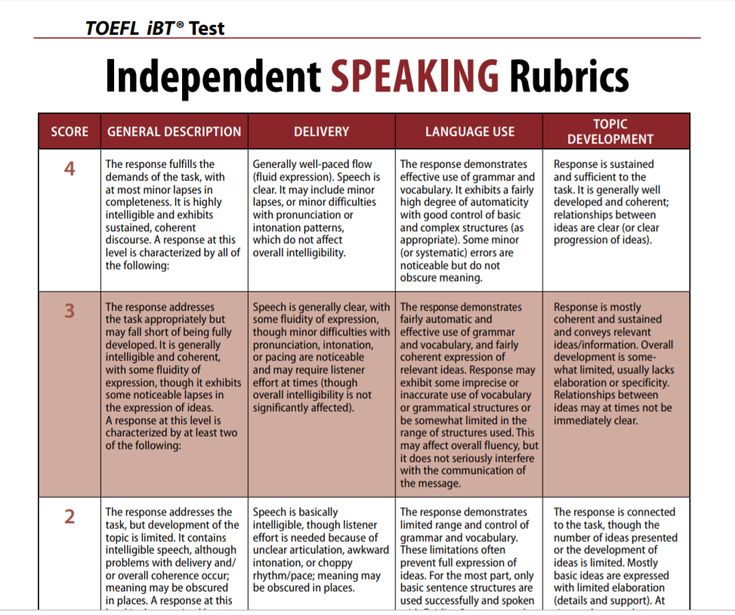 (For example: Vasya came home late. -
(For example: Vasya came home late. - - The presence of cardinal numerals, pronominal adjectives and pronominal nouns
Texts that are suitable for this level of reading, the system "Reading Analyst" refers to texts for a developed level of reading.
Free level (reading in whole words)
Level description
Reading in whole words with a small number of errors in new terms, obsolete words or polysyllabic words, infrequently occurring words. Errors can be noticed by the reader and corrected. There is respect for intonation and expressiveness. Comprehension of the text is complete, answers to questions are detailed. The reader understands causal relationships, can predict linear events. Reading does not require the help of a teacher. Reading speed per minute - more than 100 words. nine0005
Recommendations for the selection of texts for the free level of reading technique:
Texts for the free level of reading technique are suitable for studying the subject and forming mental operations of analysis and forecasting when working with text, which are part of the reading competence.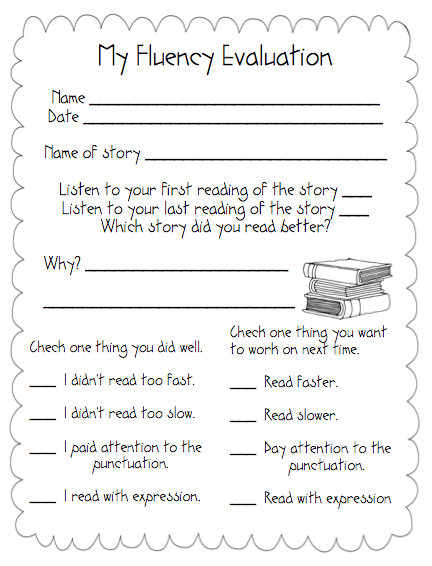 The plot in the text may be non-linear with additional inclusions of secondary storylines or ideas. The story should be broken down into small semantic parts. For students with a free level of reading technique, to maintain motivation, the selection of texts includes the thematic interests of schoolchildren. Students can read such texts for pleasure. nine0005
The plot in the text may be non-linear with additional inclusions of secondary storylines or ideas. The story should be broken down into small semantic parts. For students with a free level of reading technique, to maintain motivation, the selection of texts includes the thematic interests of schoolchildren. Students can read such texts for pleasure. nine0005
Features of texts suitable for this level:
The free reading level allows you to read texts of 100 words, but words in the text can contain up to 18 letters. Words with the following parameters can be included in the text:
- Sentences with adversarial conjunctions
- Rarely used, obsolete words
- Foreign words
- The presence of participial phrases
Texts that are suitable in their parameters for this level of reading, the Reading Analyst system refers to texts for free reading .
Group 2. Development of reading competencies for subject training
Description of levels in the formation of reading competencies for subject training
Weak level
Reading level
It is difficult, no smooth, there are no smooth inaccuracies, mistakes.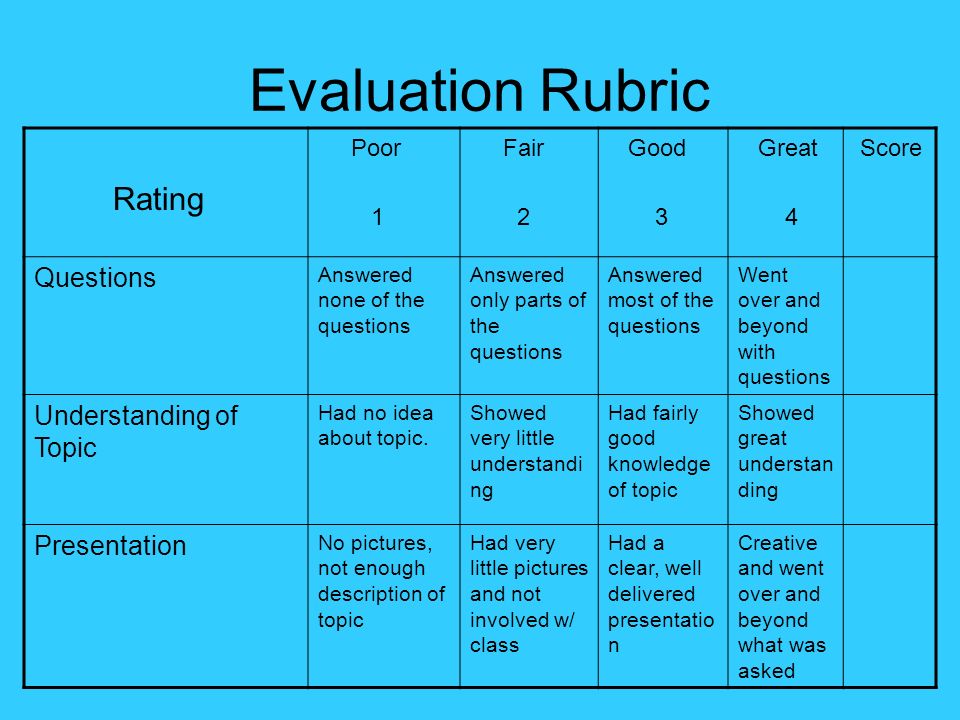 Comprehension of the text occurs at a superficial level. Most often, there is just voice-over of the text. Can read light text independently. Reading more complex texts requires the help of an adult. Reading accuracy is below 85%, error rate is more than 20 words. He can correct 1 mistake out of 5 on his own. Reading speed is slow, there is no orientation to punctuation marks. Understanding is not adequate, fragmentary, there are errors in understanding both the text itself, and the subtext, and beyond the text. There is no way to generalize and use the information read. There are answers to factual questions like: Who? What? When? Where? How much? Is not it? nine0005
Comprehension of the text occurs at a superficial level. Most often, there is just voice-over of the text. Can read light text independently. Reading more complex texts requires the help of an adult. Reading accuracy is below 85%, error rate is more than 20 words. He can correct 1 mistake out of 5 on his own. Reading speed is slow, there is no orientation to punctuation marks. Understanding is not adequate, fragmentary, there are errors in understanding both the text itself, and the subtext, and beyond the text. There is no way to generalize and use the information read. There are answers to factual questions like: Who? What? When? Where? How much? Is not it? nine0005
Recommendations for the selection of texts for a weak level of reading for subject teaching:
Texts suitable for a weak level are intended primarily for correcting reading skills and competencies, especially in cases where there are: a large number of errors, misunderstanding of what has been read, inability to answer factual questions.
For a weak level of reading competence, texts with the following properties are suitable for subject teaching:
- The text consists of 2-3 paragraphs.
- The text consists of short sentences without complex constructions and special language tools.
- There are no more than 3-4 terms in the text.
- The main idea is clear, simple, clearly formulated at the beginning of the text.
Texts that are suitable for this level of reading, the system "Reading Analyst" refers to texts for a weak level of reading for subject teaching. nine0004
Educational level
Description of the level
Reading has an average level, which is reflected in errors in words and intonations when reading. There is smoothness, except for those moments when complex words and phrases occur. Reading flexibility and expressiveness are present when reading light texts. For more complex texts, adult assistance is required.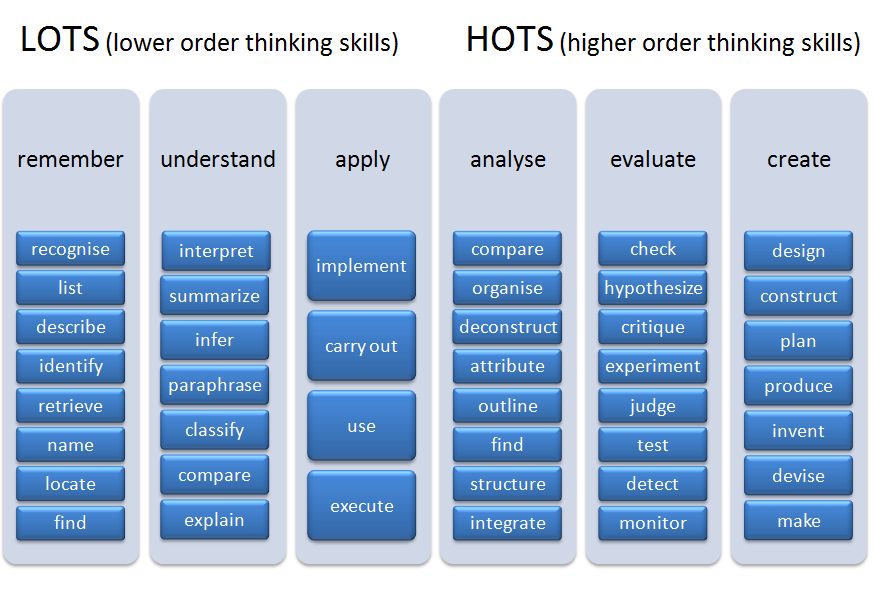 Understanding of the text is adequate, but fragmentary. You can meet errors in understanding subtext and overtext. The accuracy of reading technique exceeds 85%, the error rate is 1 in 20 words. Ability to correct your reading errors - 2 out of 5. Reading speed is average. Can use information from the text within a narrow framework, generalize and find causal relationships, which allows answering questions of evaluative and convergent types. (Why? How? How? What do you think?)
Understanding of the text is adequate, but fragmentary. You can meet errors in understanding subtext and overtext. The accuracy of reading technique exceeds 85%, the error rate is 1 in 20 words. Ability to correct your reading errors - 2 out of 5. Reading speed is average. Can use information from the text within a narrow framework, generalize and find causal relationships, which allows answering questions of evaluative and convergent types. (Why? How? How? What do you think?)
Recommendations for the selection of texts for the academic level of reading for subject education:
Texts suitable for the academic level are intended to introduce you to the topic of the academic subject, to start studying the topic. Texts of this level can be used to develop the technique of semantic reading, as well as to develop the skills of reproducing the content of the understood text and answering questions about it. In addition, students who experience some difficulty in reading can read such texts for pleasure, which helps to strengthen the motivation to read.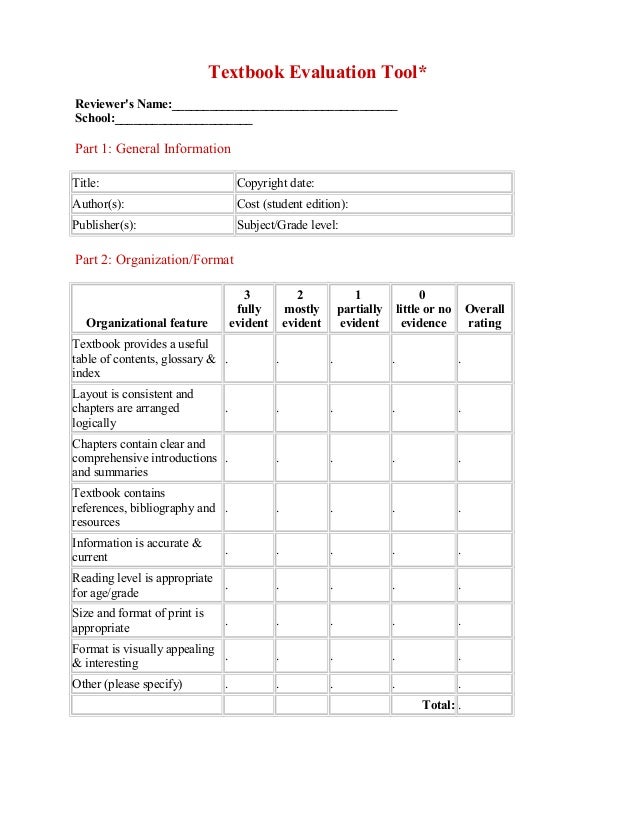 nine0005
nine0005
Texts for the intermediate level should have the following characteristics:
- The text has a simple logical and semantic structure.
- The main idea of the text is clear and distinct.
- The main idea of the text is located either at its beginning or at the end.
- Each paragraph is linked to the previous one by the corresponding means of communication.
- The volume of terms does not exceed 5–7 words.
Texts that are suitable in their parameters for this level of reading, the Reading Analyst system refers to Reading level texts for subject teaching.
Independent level
Level description
Reading is easy. It is characterized by fluency, ease, a small number of errors, expressiveness. Able to discuss what has been read. The help of the teacher is not required when reading texts of any complexity.
The independent level of reading competence for subject education is characterized by the following student skills: complete (basic thoughts and details), precise (meanings of words are known), distinct (all linguistic ways of expressing meaning are known), deep (understanding of text, subtext, overtext, context) understanding of a rather long text, often containing conflicting information, from unfamiliar and unfamiliar subject areas.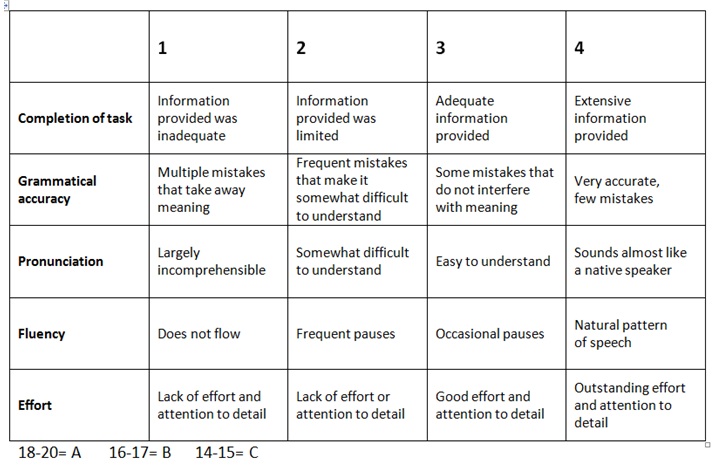 Inaccuracies in one of the four parameters are allowed. The ability to determine the difficulties of reading and understanding the text, as well as the quality of one's reading and understanding of the text, analyzing the quality of full and short answers to questions. Positive and interested attitude towards free, abundant reading. nine0005
Inaccuracies in one of the four parameters are allowed. The ability to determine the difficulties of reading and understanding the text, as well as the quality of one's reading and understanding of the text, analyzing the quality of full and short answers to questions. Positive and interested attitude towards free, abundant reading. nine0005
Recommendations for the selection of texts for the independent level of reading competence for subject education:
A text suitable for the independent level can be designed to deepen knowledge in a particular academic subject, it introduces a large number of facts and terms. In addition, texts of an independent level are suitable for the formation and development of mental operations of analysis and forecasting when working with text, as well as the ability to make annotations, questions, formulate full and short answers to them. nine0005
Texts suitable for independent reading competence for subject-specific learning are characterized by the following properties:
- The text contains the author's opinion, is emotionally colored.
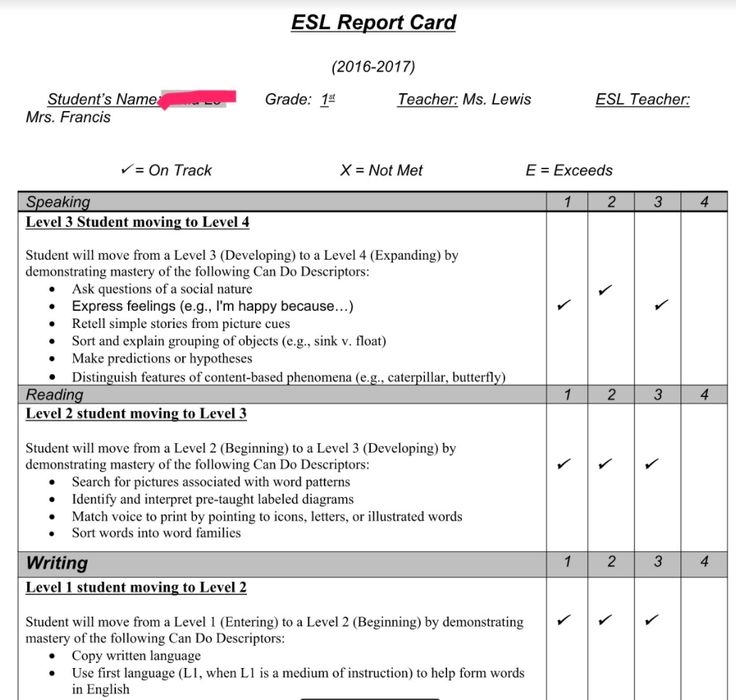
- The structure of the text can be complex, complex, the main idea is read from the text and can be located anywhere in it.
- The text contains a problem that the reader formulates independently based on its content. nine0007 Understanding the text requires background knowledge hidden in the text.
Texts that are suitable for this level of reading, the system "Reading Analyst" refers to texts for independent reading level for subject teaching.
standards for classes and quarters
Reading is a key skill that opens the gate to the land of knowledge for a child. Thanks to this skill, children learn about the phenomena and events of the world around them, get acquainted with the characters and actions of people, meet new problems and ideas. This skill helps them to broaden their horizons and ideas about the world, develops critical thinking and trains cognitive abilities - attention, imagination, memory.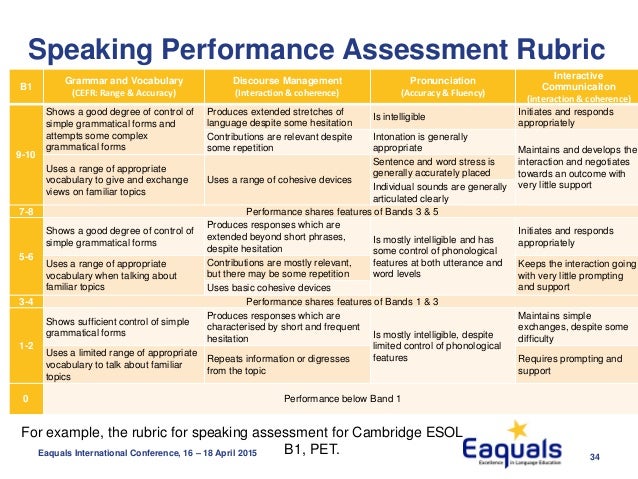 Reading is the foundation for further successful learning. nine0005
Reading is the foundation for further successful learning. nine0005
To understand how well a child develops this skill, it helps to check the reading technique. Reading technique is a multifactorial test that characterizes the development of a skill from different angles. In reading technique, the following are evaluated:
- reading speed,
- reading method,
- reading awareness,
- correct reading,
- expressiveness of reading.
A difficult reading skill consists of both a technical and a semantic component and is aimed at achieving the main goal - understanding and assimilation of the information read. nine0005
Reading technique parameters
Let's consider all the components of reading technique in more detail.
- Reading speed is the number of words read in a certain period of time. Often, parents focus on the formation of fluent reading, while the child makes many mistakes, does not understand and does not remember what he read.
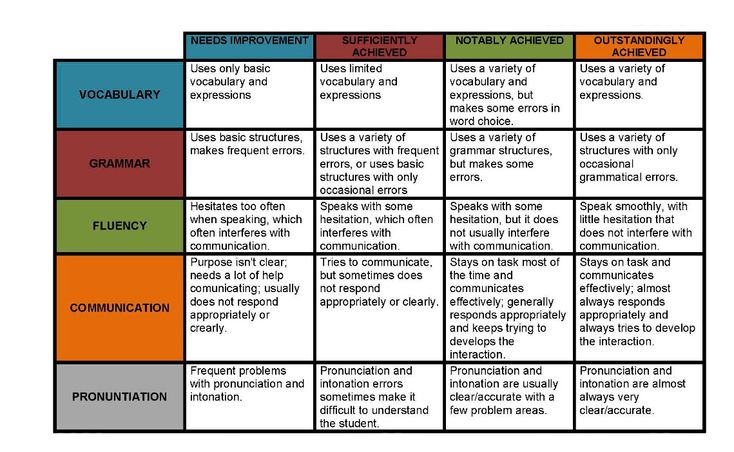 It is not necessary to force only speed, slower conscious reading and a gradual increase in tempo are better than fast mechanical reading with errors and inaccuracies. nine0010
It is not necessary to force only speed, slower conscious reading and a gradual increase in tempo are better than fast mechanical reading with errors and inaccuracies. nine0010 - Way of reading — syllabic reading or reading the whole word, smoothly. With the development of the skill, the child has a gradual transition from syllabic reading to smooth reading in whole words.
- Correct reading is characterized by the absence of errors and stutters. Inattention, problems of diction lead to inaccurate reading, indistinct articulation and, as a result, to a distortion of meaning. Pay attention to the correct reading - this will be the key to competent writing. nine0010
- Reading awareness involves reading comprehension, awareness of the idea and meaning of the text, and in the future - this is the ability to catch the subtext, humor, irony, the attitude of the author. Interfering with reading comprehension can be low reading speed, distorted reproduction - guessing words, changing the shape of words, not reading endings.
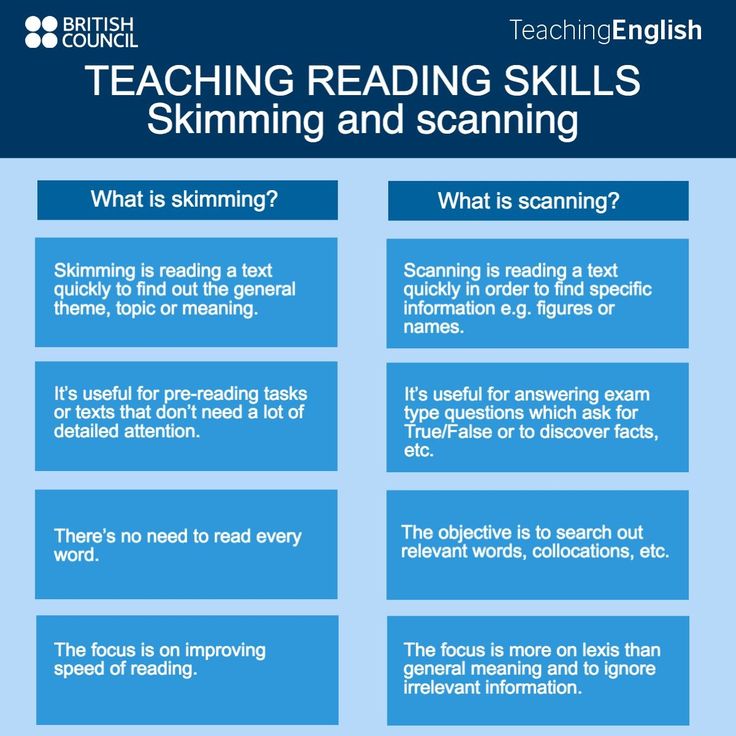
- Reading expressiveness - the use of pauses, finding the right intonation, the correct placement of stress. The expressiveness of reading is inextricably linked with awareness. When understanding what is read, it is easier for the child to observe the necessary pauses, select the correct intonation and place logical stresses. nine0010
Reading speed standards for primary school
GEF standards determine the desired reading speed for a child by a certain point in learning, help to understand whether the development of a skill is successful or whether additional attention is required. Standards - indicative values; it is important to take into account the individual psychophysiological characteristics of each child and evaluate the growth of his personal indicators.
Grade 1 reading speed standards
Reading speed standards in grade 2
Reading speed standards in grade 3
Reading speeds in grade 40421 9000 9000
Reading speed should be striving for completion, to final.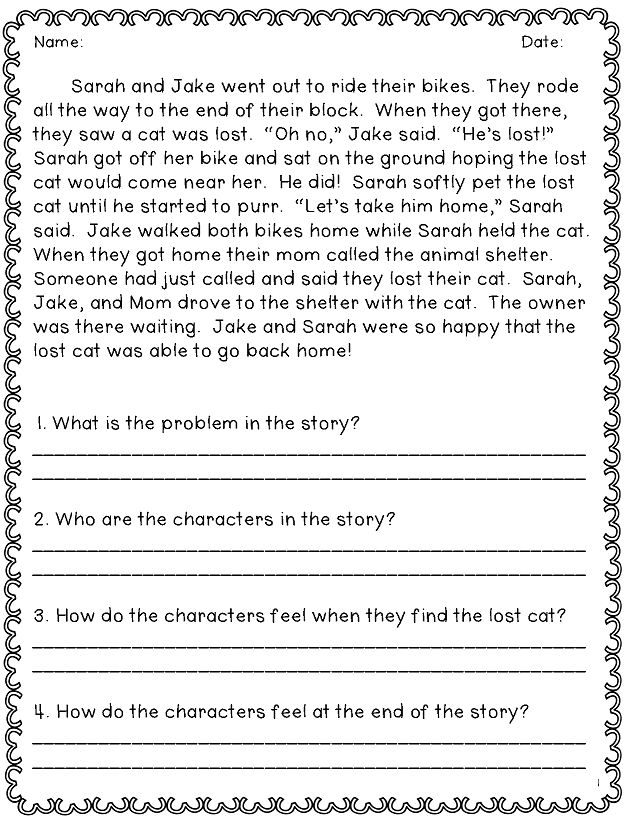 schools, is reading at the speed of conversational speech, 110-120 words per minute. The human articulatory apparatus has adapted to this speed over time. And most importantly, the reading should be conscious, correct, expressive. nine0005
schools, is reading at the speed of conversational speech, 110-120 words per minute. The human articulatory apparatus has adapted to this speed over time. And most importantly, the reading should be conscious, correct, expressive. nine0005
Other parameters of reading technique
Grade 1
At the end of the first half of the year. Reading is smooth syllabic, conscious and correct, with a clear pronunciation of syllables and words.
At the end of the second half of the year. Reading is conscious, correct, simple words are read as a word. Words with a complex syllabic structure can be read syllable by syllable.
Grade 2
At the end of the first half of the year. Reading consciously, correctly, in whole words. Compliance with logical stresses. Compound words can be read syllable by syllable. nine0005
At the end of the second half of the year. Reading meaningful, correct, in whole words.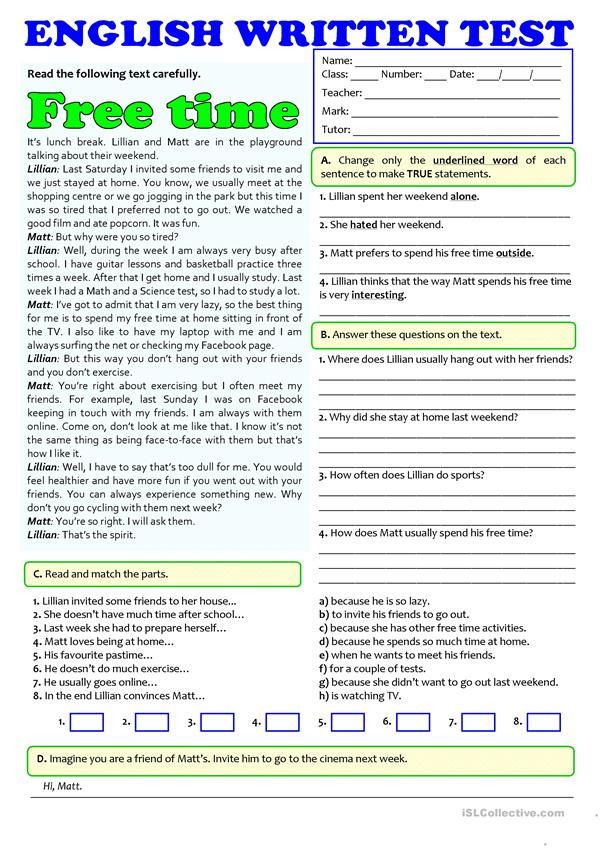 With observance of logical stresses, pauses and intonations. Syllabic reading is undesirable.
With observance of logical stresses, pauses and intonations. Syllabic reading is undesirable.
Grade 3
At the end of the first half of the year. Reading consciously, correctly, in whole words. With observance of pauses and intonations, with the help of which the child expresses an understanding of the meaning of what is being read.
At the end of the second half of the year. Reading consciously, correctly, in whole words. With observance of pauses and intonations, through which the child expresses understanding of the meaning of what is being read. nine0005
4th grade
At the end of the first half of the year. Reading consciously, correctly, in whole words. With the help of observed pauses and intonations, the child not only expresses an understanding of the meaning of what is being read, but is able to express his attitude to what he has read.
At the end of the second half of the year. Reading consciously, correctly, in whole words. With observance of pauses and intonations, through which the child expresses an understanding of the meaning of what is read, and his attitude to the content of what is read. nine0005
Reading consciously, correctly, in whole words. With observance of pauses and intonations, through which the child expresses an understanding of the meaning of what is read, and his attitude to the content of what is read. nine0005
How can I test my child's reading skills on my own?
Have your child see how well they read already. Children usually love to know how many centimeters they have grown, and they may also be interested in knowing their progress in reading. Warn about the upcoming test and ask the child to read quickly.
The control of reading technique in sensitive children who, due to their temperament, can hardly tolerate various tests, can be carried out imperceptibly or in the form of a game. Do not create unnecessary excitement around the upcoming test, do not arrange a test in the form of an exam. If the child is worried, stutters, transfer control to another time. nine0005
Verification process:
- Prepare a clock with a second hand or use the stopwatch on your phone, and choose the appropriate text.
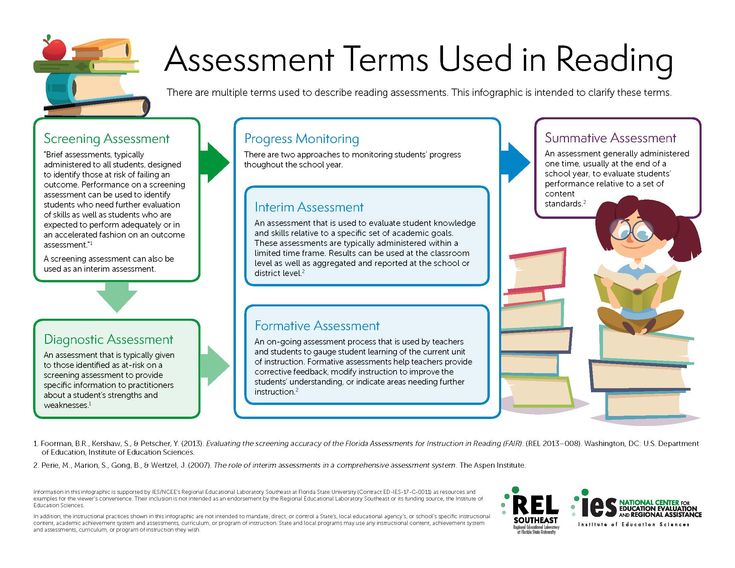
- Ask the child to take a seat.
- Show him the text and ask him to read it aloud.
- Track the time from the moment your child starts reading. Not all children are able to immediately start reading on command, which leads to inaccurate results.
- Usually, one minute is noted for checking, but some experts recommend taking 2 minutes for monitoring, since not all children are equally quickly included in the work. Divide the result obtained in 2 minutes in half. nine0010
- Do not correct or interrupt while reading. It is better to discuss the mistakes made after the child has finished reading.
- Assess the speed, correctness, awareness and expressiveness of reading.
- Retest and compare results. Reading technique may differ depending on the child's fatigue, health status and mood.
Which text is suitable for verification?
Both fiction and non-fiction texts appropriate for the age of the child are suitable for this purpose. The text should be unfamiliar, but understandable to the child, have educational and educational value. The texts of V. Bianchi, L. Tolstoy, N. Nosov, B. Zhitkov, K. Ushinsky, V. Dragunsky are suitable. The text for verification can be found in special manuals or in a textbook on the Russian language and literature. nine0005
The text should be unfamiliar, but understandable to the child, have educational and educational value. The texts of V. Bianchi, L. Tolstoy, N. Nosov, B. Zhitkov, K. Ushinsky, V. Dragunsky are suitable. The text for verification can be found in special manuals or in a textbook on the Russian language and literature. nine0005
You should find the text that is located on the spread of the book so that the child does not have to waste time turning pages. Choose text without an abundance of punctuation marks and distracting illustrations. It is not desirable that the passage contains common complex sentences and dialogues. The font must be large enough and legible. The text should not have a technical focus and contain terms incomprehensible to the child.
Test score
Speed score
Count how many words the child read in one minute. When counting words, pay attention:
- prepositions, conjunctions, particles of 1-2 letters are counted as one word;
- when wrapping, the word is counted as 2 words;
- if the word is written with a hyphen, look at how many letters are on both sides of the hyphen: if there are more than three, we count it as 2 words, for example, “long-long”, if less than three, for example, “somehow”, - as one .

Compare your score with the recommended range and your child's previous performance. nine0005
Comprehension score
Determine how well the child understood what they read. If the student reads slowly and has read only a couple of sentences, let him read the passage to the end. Ask your child a few questions about the text. Ask what or who he read about. Ask the child to identify the main idea of what they read and retell the text.
For a deeper check of the meaning of the reading and learning, use special teaching kits. nine0005
Correctness assessment
Pay attention to whether the child reads what is written correctly, whether he pronounces words clearly, whether there are hesitations and corrections, whether he alters words, whether he changes endings, whether he places stresses correctly. Discuss the mistakes with the student.
Evaluation of expressiveness
To assess the expressiveness of reading, the child is offered a familiar text. Listen to whether the child observes pauses and other punctuation marks, whether he changes intonation, whether he highlights the main idea. nine0005
Listen to whether the child observes pauses and other punctuation marks, whether he changes intonation, whether he highlights the main idea. nine0005
Improving reading technique
Poor results in reading technique are not a reason to be upset, but only a signal that additional efforts need to be made to improve the skill. You can work with the child on your own or contact a specialist who will analyze the weak points and select the appropriate exercises. Conduct additional activities with the child in the mode of "sparing reading" without pressure. It is more important to observe the regularity and frequency of classes: 10-20 minutes daily. nine0005
How can you motivate your child to read:
- Reward your efforts with stickers, stars.
- Mark progress visually - create a success board so your child can visually see their progress
- Conduct activities in the form of a game, such as "going to the library" or "reading to your favorite toys.
 "
" - Choose books and texts that are interesting for your child.
- Let the child read to the pets, they are grateful and accepting listeners. Reading to them, the child is not afraid to make a mistake, he relaxes and overcomes the fear of failure. nine0010
- Have a reading competition between peers and siblings.
To improve the speed of reading will help:
- Reading by syllabic tables.
- Multiple reading. Read the same text several times, increasing the pace. From the second time the child will be able to read faster.
- "Tug". An adult leads a finger along the line, setting the pace. The child tries to read at a given pace.
- Tops and roots. The child reads the words, covering the upper or lower half of the letters with a ruler. nine0010
- Reading in a book turned upside down.
- Lightning. Alternating reading at a comfortable pace with reading at the highest possible speed for 20 seconds on the command "Lightning!".
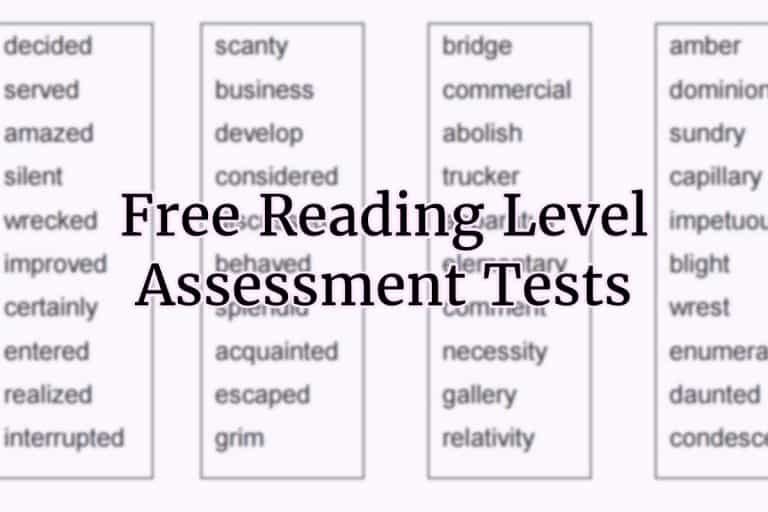
- "Sprint". Reading speed competition between classmates.
- Work on expanding the field of view according to Schulte tables.
- Reading with a window to eliminate "regression" - recurrent eye movements that lead to repeated reading.
For correct reading:
- Work on clear diction, do articulatory gymnastics.
- Read tongue twisters and tongue twisters.
- Invite the child to correct the deformed sentences: "The weather is good on the street."
- "Imaginary word". When reading, the wrong word is pronounced, the child must correct it.
Reading comprehension
- “Reading in a wave”. First, the child reads aloud, then retells what he read. nine0007 Drawing up a plan for reading.
- The student reads to himself at a comfortable pace, tells what he understood and felt, what he thought about
- Discuss unfamiliar words and expressions.
- Invite the child to draw a picture of the passage they read.





